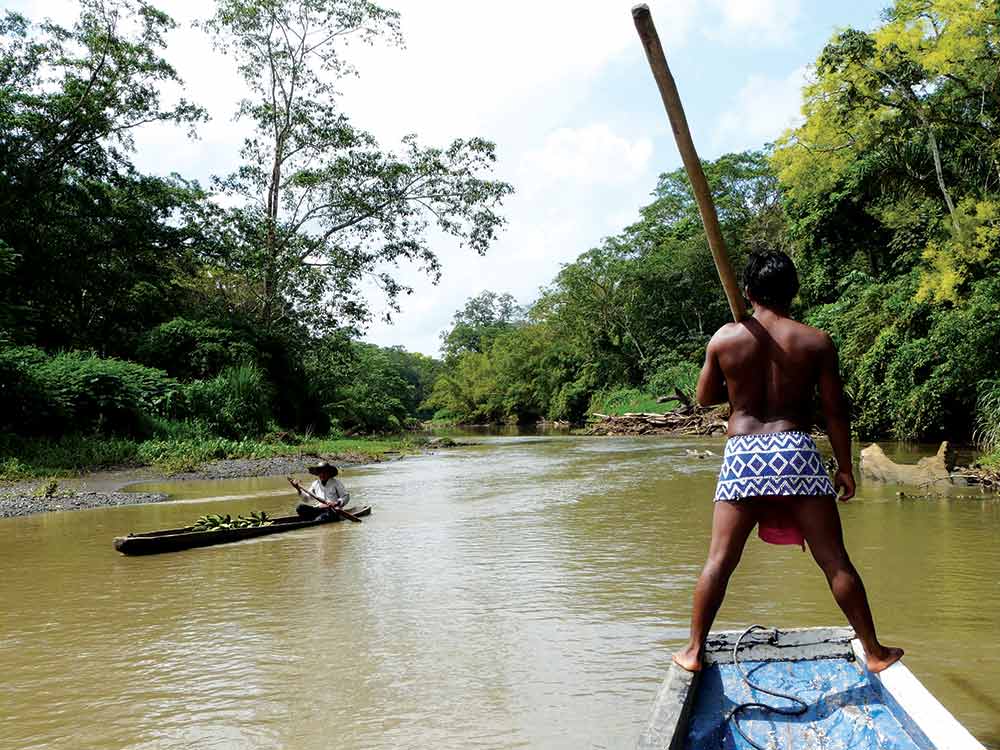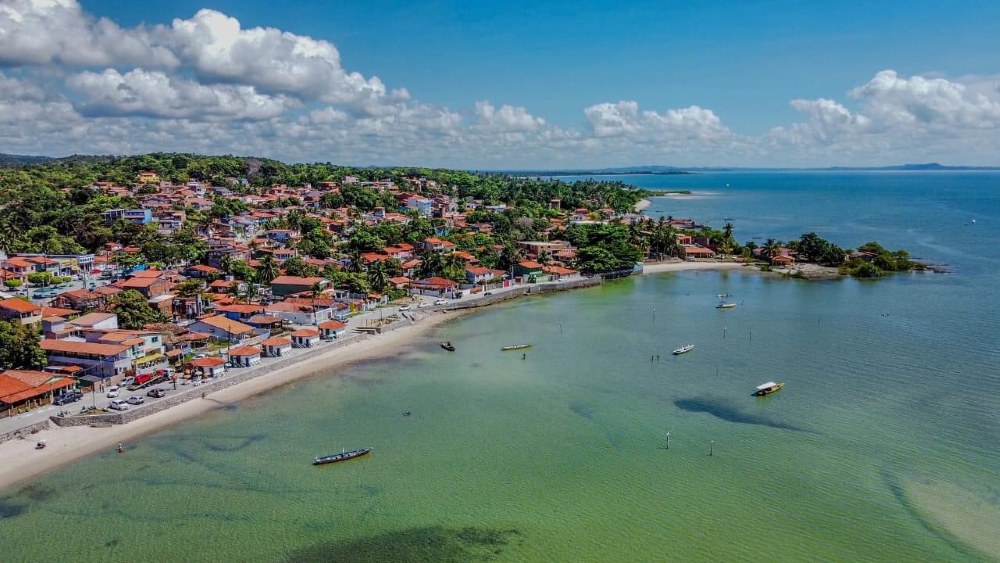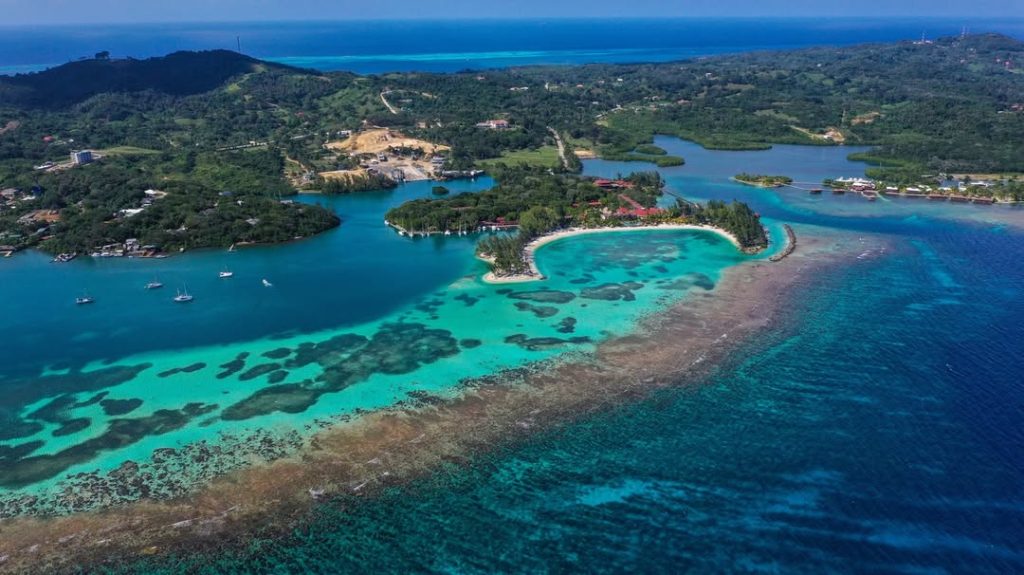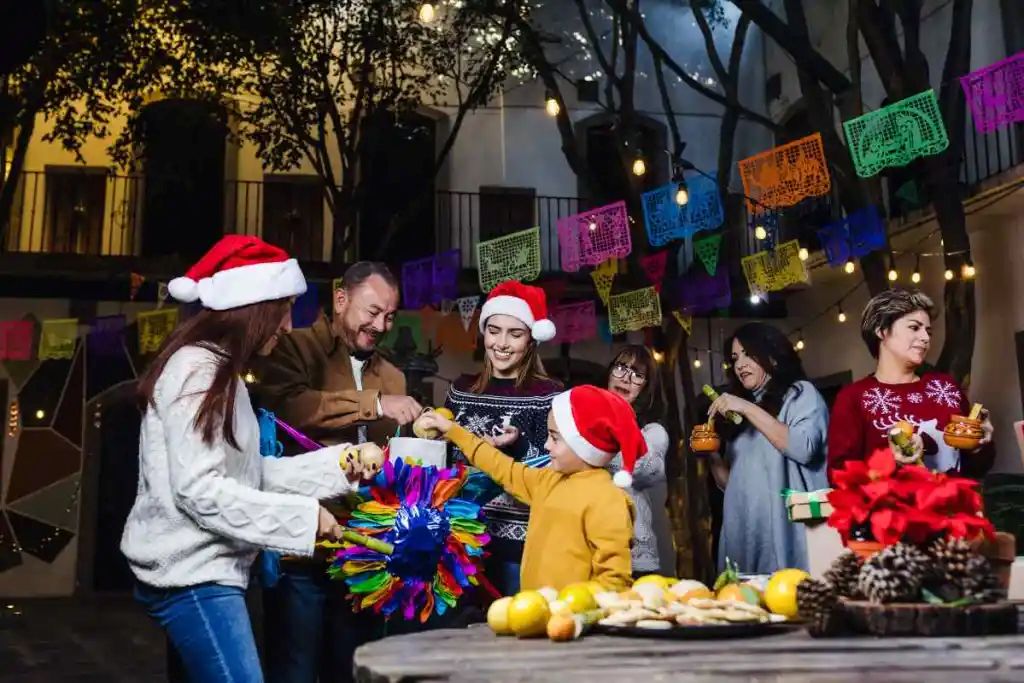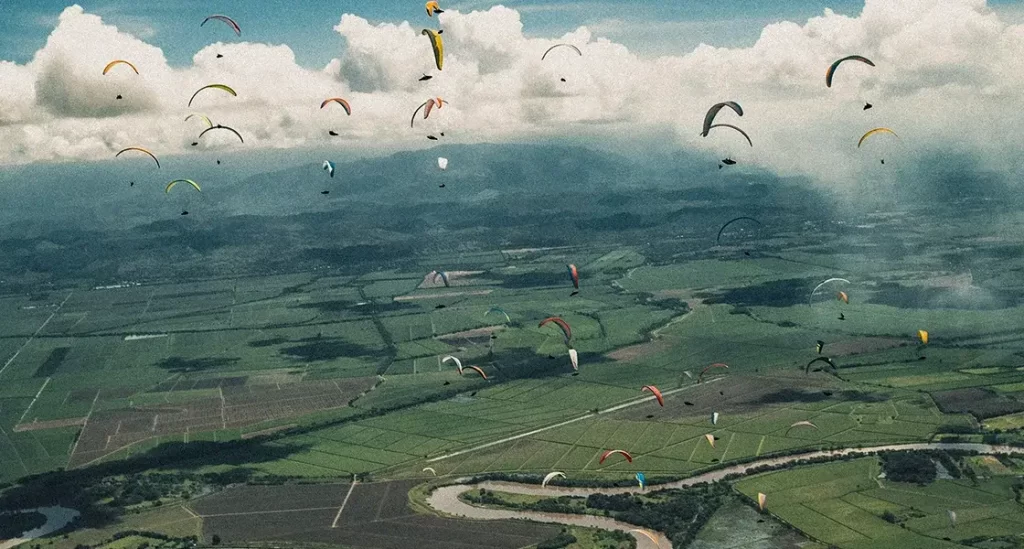[et_pb_section fb_built=”1″ fullwidth=”on” _builder_version=”3.0.89″ custom_margin=”0px|0px|0px|0px”][et_pb_fullwidth_header title=”TRAVEL DIARY” subhead=”Panama, a paradise of biodiversity and ecotourism for nature lovers! ” text_orientation=”center” _builder_version=”3.0.89″ title_font=”Montserrat||||||||” title_text_align=”center” title_font_size=”72px” title_text_color=”#000000″ subhead_font_size=”24px” subhead_line_height=”1.5em” background_size=”initial” background_position=”top_left” background_repeat=”repeat” custom_padding=”0px|0px|0px|0px”][/et_pb_fullwidth_header][/et_pb_section][et_pb_section fb_built=”1″ fullwidth=”on” _builder_version=”3.0.95″][et_pb_fullwidth_image src=”https://test.visit-latin-america.com/site/wp-content/uploads/2018/01/En-pirogue-vers-le-villagesdes-Embera-Quera-C.jpg” _builder_version=”3.0.95″][/et_pb_fullwidth_image][/et_pb_section][et_pb_section fb_built=”1″ _builder_version=”3.0.89″ custom_padding=”0px|0px|0px|0px”][et_pb_row custom_padding=”26px|0px|0px|0px” _builder_version=”3.0.47″ background_size=”initial” background_position=”top_left” background_repeat=”repeat”][et_pb_column type=”4_4″ _builder_version=”3.0.47″ parallax=”off” parallax_method=”on”][et_pb_text _builder_version=”3.0.89″ text_font=”||||||||” text_text_color=”#ffffff” custom_margin=”-100px||100px|”][/et_pb_text][et_pb_text _builder_version=”3.0.95″]
Catherine Gary is a journalist; her work is mostly dedicated to the rich history and contemporary dimension of her travel, mainly committed to Latin America. Today, she talks to us about Panama.
National Parks, natural reserves, wildlife sanctuaries…. Between jungle and volcanoes, Panama holds one of the richest natures of the planet. Be completely immersed by its protected wildlife and fauna.
Tropical land nested by two oceans, Panama has 10,000 plant varieties, from which 1,500 are endemic, and a thousand of bird species.
The richness is partly explained by the diversity of hilly areas and the different climates, 45% of the country is made of forests, hiding from cyclones and by 35% of protected parks, from which three are classified UNESCO World Heritage Sites.
[/et_pb_text][/et_pb_column][/et_pb_row][et_pb_row custom_padding=”27px|0px|16px|0px” _builder_version=”3.0.95″][et_pb_column type=”4_4″ _builder_version=”3.0.47″ parallax=”off” parallax_method=”on”][et_pb_text _builder_version=”3.0.95″]
AT THE HEART OF THE SOBERANIA NATIONAL PARK
[/et_pb_text][/et_pb_column][/et_pb_row][et_pb_row custom_padding=”0px|0px|34px|0px” _builder_version=”3.0.95″][et_pb_column type=”4_4″ _builder_version=”3.0.47″ parallax=”off” parallax_method=”on”][et_pb_text _builder_version=”3.0.95″]Panama City, the capital with audacious skyscrapers, only thirty minute drive will submerge you to the primal forest marvels. Soberania National Park is the incontestable meeting place for biosphere enthusiasts coming from far away to observe mammals, reptiles and moreover 525 bird species.
Day trips leaving from Panama City offer the opportunity to discover the surroundings however it is recommended to extend your stay two or three days.
The best of the best is the Camino del Oleoduct (17 km long), not with a very attractive name but is one of the best spots from the scenery viewpoints where 40 meters tower overlooking the canopy is very much appreciated.
Something surprisingly silent, gigantic butterflies, roadrunners, motmots, trogons or cotingas from Cayenne…. a real paradise! The Monkey Island can be reached by boat after crossing Panama Canal heading towards Gatùn artificial lake.
These capuchin monkeys with white features are little wild and undertake under your eyes mischievous acrobatics while on the banks some caimans and crocodiles warm up under the sun and the lazy ones move at their very slow rhythm.
Furthermore, a pirogue trip on the Chagres Rio will take you to the Embera Quera village to spend the day with a very welcoming indigenous community, where you can have lunch (fresh fish, fruits, vegetable bananas). The chief of the village will explain how the agriculture is no longer practiced in the national park and has been replaced by the crafts.
[/et_pb_text][/et_pb_column][/et_pb_row][et_pb_row custom_padding=”27px|0px|0px|0px” _builder_version=”3.0.95″][et_pb_column type=”4_4″ _builder_version=”3.0.47″ parallax=”off” parallax_method=”on”][et_pb_gallery gallery_ids=”208379,208380,208384″ gallery_captions=”,,” fullwidth=”on” _builder_version=”3.0.106″ max_width=”70%” module_alignment=”center”][/et_pb_gallery][/et_pb_column][/et_pb_row][et_pb_row custom_padding=”0px|0px|27px|0px” _builder_version=”3.0.106″][et_pb_column type=”4_4″ _builder_version=”3.0.47″ parallax=”off” parallax_method=”on”][et_pb_text _builder_version=”3.0.95″]
© C.Gary / R. Hurlupé
[/et_pb_text][/et_pb_column][/et_pb_row][et_pb_row custom_padding=”36px|0px|27px|0px” _builder_version=”3.0.95″][et_pb_column type=”1_2″ _builder_version=”3.0.47″ parallax=”off” parallax_method=”on”][et_pb_text _builder_version=”3.0.95″ custom_margin=”|10px||”]
Boquete, capital of ecotourism
and adventure
[/et_pb_text][et_pb_text _builder_version=”3.0.95″ custom_margin=”|10px||”]At the heart of the Amistad International Park, the Chririqui province, inter border between Panama and Costa Rica, offers lively outdoors activities not-to-be-missed! Start with Boquete Tree Trek, the second largest in Central America.
Leaving from Boquete village, 1,600 meters of altitude, 3 kilometers by air of sledging along the 12 high cables hold over 60 meters on the top of the thick and foggy forest. With a bit of luck, you will be surprised by the jaguar, the tapir or the emblematic Maya bird the blue quetzal.
Guided tours for 3 to 4 hours through very well maintained mountain tracks following the slopes. While crossing the 6 suspended bridges through the deep forest, you will enjoy a tropical wildlife and flora as a further approach to biodiversity.
Boquete is also well-known for its great coffee produced on volcanic soils with temperate climate and cooled by the oceanic winds. A Coffee Route is suggested to visitors and includes four plantations visit with varied coffee tasting. At the Finca Lerida, at the foot of Baru volcano, surrounded by 150 ha of organic coffee bushes planted in altitude among flowers and birds.
Geisha coffee is the coffee star, internationally known, as they have been producing it in the region for 200 years.
[/et_pb_text][/et_pb_column][et_pb_column type=”1_2″ _builder_version=”3.0.47″ parallax=”off” parallax_method=”on”][et_pb_image src=”https://test.visit-latin-america.com/site/wp-content/uploads/2018/01/6-ponts-suspendus-sur-la-balade-de-Boquete-Tree-Trek-C.jpg” _builder_version=”3.0.95″][/et_pb_image][/et_pb_column][/et_pb_row][et_pb_row custom_padding=”27px|0px|2px|0px” _builder_version=”3.0.92″][et_pb_column type=”4_4″ _builder_version=”3.0.47″ parallax=”off” parallax_method=”on”][et_pb_button button_url=”https://www.facebook.com/sharer/sharer.php?u=https://test.visit-latin-america.com/site/5-plats-peruviens-a-tester/” url_new_window=”on” button_text=”Partager sur Facebook” button_alignment=”center” _builder_version=”3.0.92″ custom_button=”on” button_text_size=”15px” button_font=”||||||||”][/et_pb_button][/et_pb_column][/et_pb_row][/et_pb_section]

